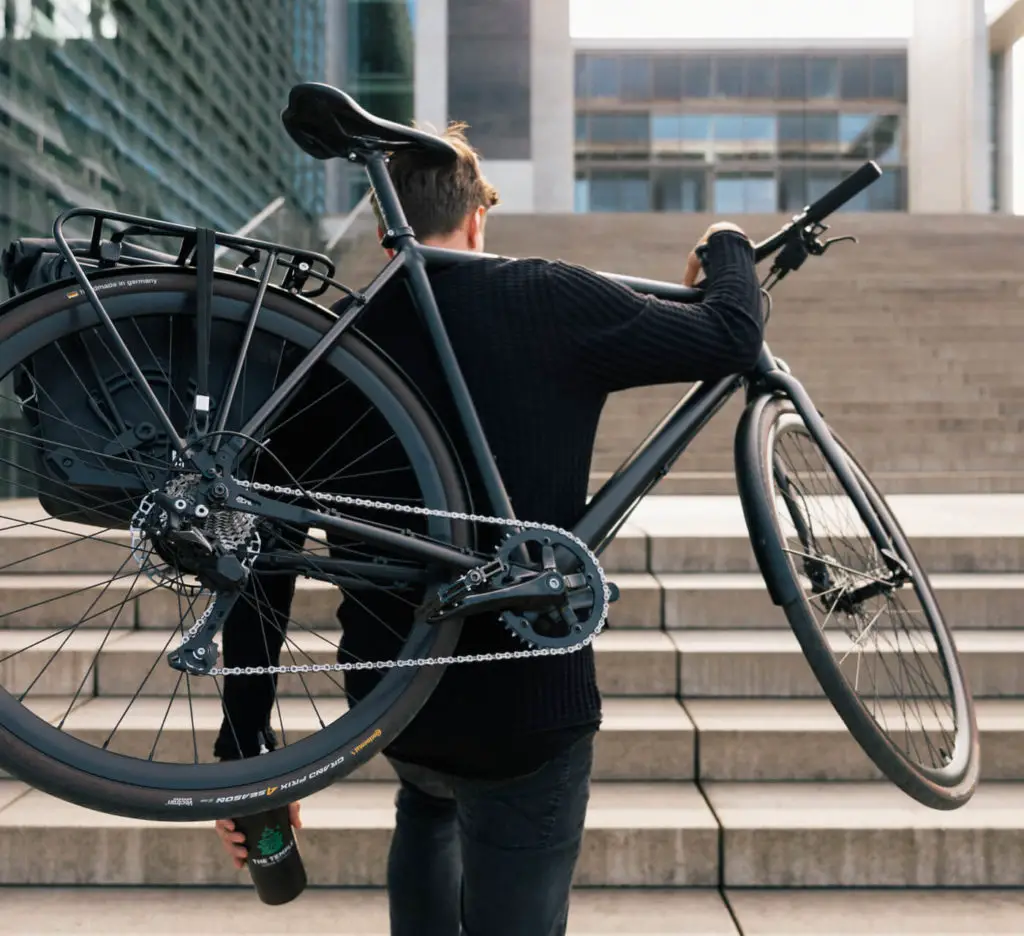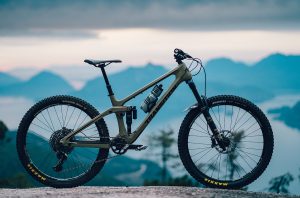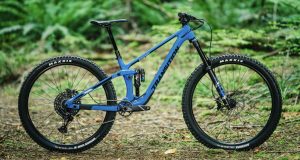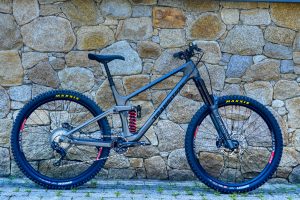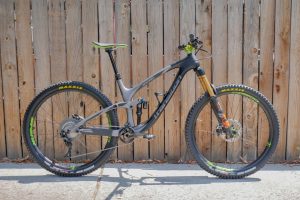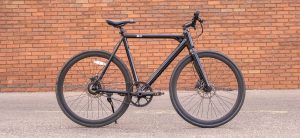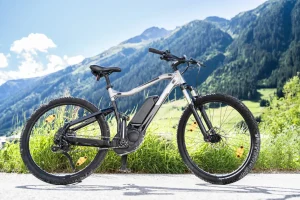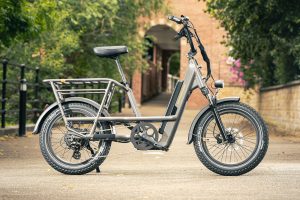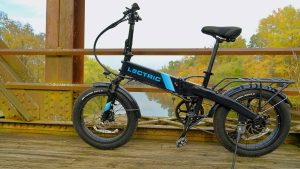Lightweight Electric Bikes, there has been a surge in the popularity of lightweight electric bikes, revolutionizing the way we commute and explore our surroundings. These eco-friendly and convenient vehicles are not only changing the way we travel but also contributing to a greener environment.

Benefits of Lightweight Electric Bikes
Lightweight electric bikes, weighing often 30-40 pounds less than their heavier counterparts, offer a bundle of unique advantages for a variety of cyclists and situations. Here are some key benefits to consider:
Maneuverability and Handling:
- Nimble and responsive: Their nimble nature makes them easier to navigate through traffic, tight corners, and even on trails. You’ll enjoy a more sporty and engaging ride.
- Easier to lift and carry: Whether it’s stairs, public transit, or storing in a small apartment, their lighter weight makes them much easier to manage.
- Improved handling uphill: Less weight means less effort to conquer hills, even with minimal or no electric assistance. You can choose to get a workout or cruise effortlessly.
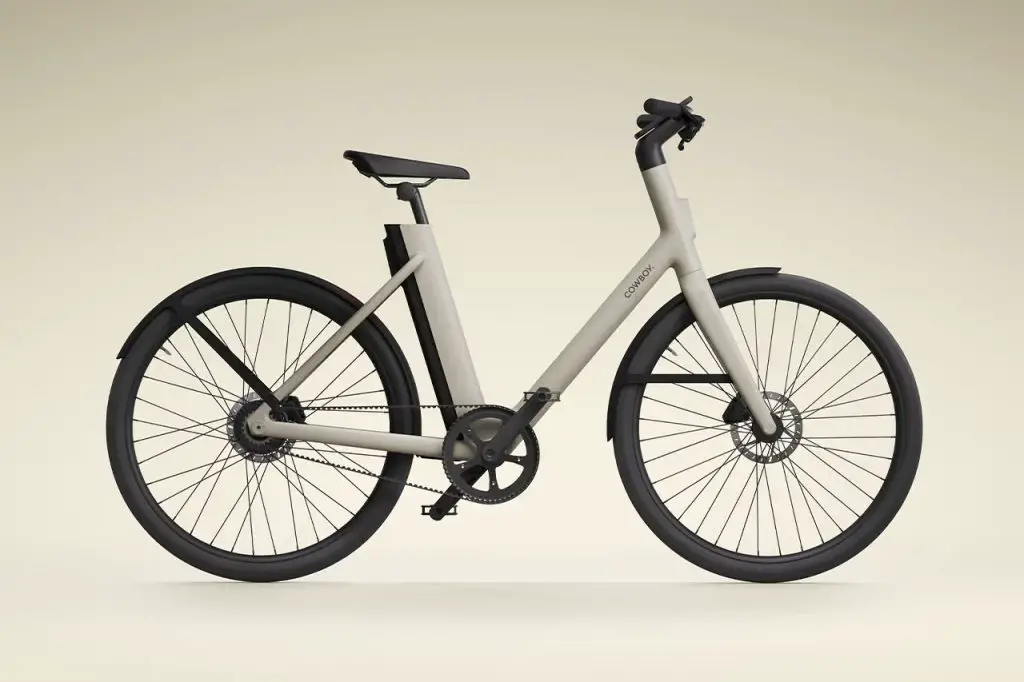
Commuting and Convenience:
- Effortless urban transport: Perfect for daily commutes, you’ll arrive fresh and sweat-free without sacrificing speed.
- Multi-modal friendly: Their portability lets you easily integrate them with public transportation, like trains or buses, for seamless commutes.
- Parking and storage: Easier to store in apartments or offices, saving valuable space compared to heavier bikes.
Environmental and Health Benefits:
- Reduced carbon footprint: Like all e-bikes, they’re emission-free, contributing to a cleaner environment.
- More accessible exercise: The electric assist makes cycling accessible to people with varying fitness levels, encouraging active lifestyles.
- Joint-friendly: Less pedaling strain reduces impact on knees and ankles, making them suitable for people with joint issues.
Additional perks:
- Sleek and stylish: Often featuring minimalist designs, lightweight e-bikes often have a more appealing aesthetic.
- Longer battery life: Lower weight translates to less energy demand, potentially extending your battery range.
- More affordable: Some lightweight models are available at lower price points compared to heavier e-bikes.

Things to consider:
- Range: Lighter batteries may provide shorter ranges compared to heavier e-bikes. Choose a model that matches your typical travel distances.
- Payload capacity: Lightweight models might have limitations on carrying cargo compared to heavier bikes.
- Suspension: Some lightweight models might prioritize portability over suspension, affecting comfort on rough terrain.
Overall, lightweight electric bikes offer a unique blend of agility, convenience, and eco-friendliness, making them ideal for urban commutes, casual rides, and even fitness enthusiasts seeking a less strenuous workout. Consider your needs and preferences when choosing the right lightweight e-bike for you.
Features to Look For
Weight The primary characteristic that defines a lightweight electric bike is, of course, its weight. When choosing a model, consider the weight carefully, as it directly impacts portability and maneuverability.
Battery Life A crucial aspect of any electric bike is its battery life. Look for models with long-lasting batteries, ensuring you can cover significant distances without worrying about running out of power.
Motor Power The motor power of an electric bike determines its performance. Higher motor power provides better acceleration and helps conquer challenging terrains. Evaluate your needs and choose a bike with an appropriate motor power level.
Design and Build Aesthetics matter, but so does durability. Opt for bikes with a sturdy build and a design that suits your preferences. A well-built lightweight electric bike not only looks good but also stands the test of time.
Top Lightweight Electric Bikes in the Market
When it comes to top lightweight electric bikes, there are several exciting options depending on your budget, riding style, and priorities. Here are some standouts in different categories:
Folding:
- Hummingbird Electric 2.0: The absolute lightest (10.4kg) with carbon fiber construction, but with a higher price tag and limited range.
- Brompton Electric C-Line Urban: A highly portable and compact option with good range and practicality, but not as light as the Hummingbird.
Road:
- Specialized Turbo Vado SL 5.0: A versatile and agile choice with powerful motor and comfortable FutureShock suspension, but on the pricier side.
- Wilier Cento1Hy Ultegra Di2: An Italian beauty with premium components and sleek design, offering performance and style.
Mountain:
- Focus JAM2 SL 9.9: A full-suspension trail bike with Fazua’s efficient motor and adjustable geometry, great for technical terrain.
- Trek Fuel EXe 8 GX AXS: A high-end option with impressive integration, powerful motor, and SRAM’s wireless drivetrain for a smooth and silent ride.
Commuting:
- Aventon Level: Affordable and practical with an easy-to-use display and integrated lights, perfect for everyday errands.
- Cannondale Mavaro Neo: Comfortable and stable with a powerful motor and good range, making commutes effortless.
Bonus:
- Ribble Endurance SL e Sport: A customizable option with excellent value for money, allowing you to choose components and frame size for a perfect fit.
Remember, the “best” lightweight e-bike depends on your individual needs. Consider factors like budget, riding style, range, portability, and features when making your choice. It’s also helpful to research and test ride different models to find the one that feels most comfortable and enjoyable for you.
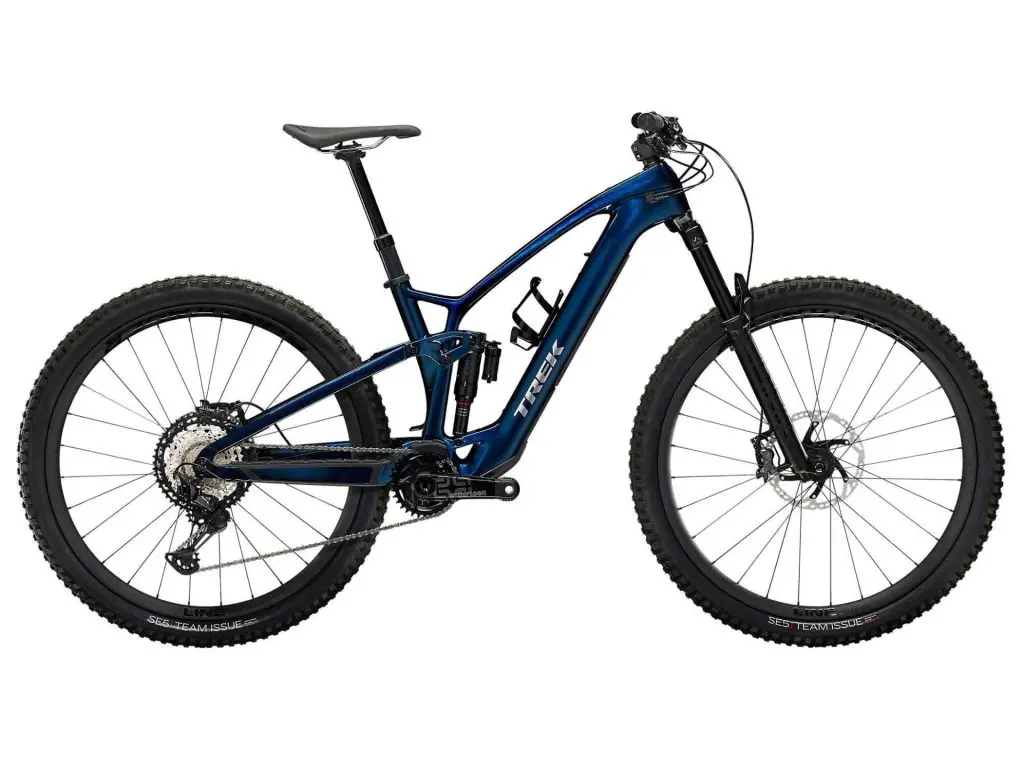
I hope this information helps you narrow down your search for the perfect lightweight electric bike!
Maintenance Tips
Battery Care
Proper battery care is essential for the longevity of your lightweight electric bike. Follow manufacturer guidelines for charging and storage to ensure optimal battery performance.
Regular Check-ups
Schedule regular check-ups to inspect the overall condition of your bike. Pay attention to brakes, tires, and electrical components to catch any potential issues early.
Cleaning and Lubrication
Keep your bike in top shape by cleaning it regularly and lubricating moving parts. This simple maintenance routine can significantly extend the lifespan of your lightweight electric bike.
User Experiences
User experiences with lightweight electric bikes (LEBs) are generally positive, highlighting their agility, convenience, and health benefits. Here are some common themes you might encounter:
Praises:
- Effortless maneuvering: LEBs excel in stop-and-go traffic and tight spaces, making city commutes a breeze. Users appreciate the ease of navigating narrow streets and bike lanes.
- Reduced physical strain: The electric assist allows riders to tackle hills and longer distances without breaking a sweat, making cycling accessible to people of all fitness levels.
- Improved health: Many users report feeling more motivated to exercise due to the enjoyable riding experience and reduced exertion. LEBs can be a gateway to an active lifestyle, especially for those with joint issues.
- Portability and storage: The lighter weight makes LEBs easier to lift and carry, ideal for apartments, public transportation, or even taking into shops.
- Eco-friendly transportation: Users appreciate the emission-free nature of LEBs, contributing to a cleaner environment.
- Fun and stylish: Many LEBs boast sleek designs and playful riding characteristics, making them a joy to ride.

Challenges:
- Range limitations: LEBs typically have less range compared to heavier counterparts. Users might need to plan their routes carefully or charge more frequently.
- Higher initial cost: LEBs can be more expensive than regular bikes or heavier e-bikes.
- Cargo capacity: Some LEBs might have limitations on carrying heavy loads compared to sturdier models.
- Suspension: Some prioritize portability over suspension, which can affect comfort on rough terrain.
Overall sentiment:
Despite the occasional challenges, user experiences with LEBs are overwhelmingly positive. Riders highlight the convenience, fun factor, and health benefits associated with these agile e-bikes. For the right audience, LEBs offer a unique and enjoyable way to get around and stay active.
Additional insights:
- Folding LEBs are popular for commuters: Their portability makes them ideal for combining with public transportation or storing in small spaces.
- Road LEBs cater to performance enthusiasts: They offer a lightweight and responsive ride for enjoying scenic routes or conquering climbs.
- Mountain LEBs are gaining traction: New models offer impressive trail capabilities while maintaining the benefits of lightness.
Ultimately, the user experience with an LEB will depend on individual needs and preferences. However, the general trend suggests that these compact e-bikes are finding a dedicated fanbase among riders seeking agility, convenience, and a fun way to get around.
Conclusion
In conclusion, lightweight electric bikes have emerged as a revolutionary solution for modern commuting. Their portability, energy efficiency, and environmentally friendly features make them a compelling choice for individuals seeking a sustainable and convenient mode of transportation. As we embrace the future of commuting, lightweight electric bikes stand at the forefront, offering a blend of style, efficiency, and eco-consciousness.
Frequently Asked Questions
How fast can lightweight electric bikes go?
Answer: Lightweight electric bikes can reach speeds of up to 20 to 28 miles per hour, depending on the model and specifications.
Are they suitable for long-distance rides?
Answer: Yes, many lightweight electric bikes are designed for long-distance rides, with some models offering a range of 40 miles or more on a single charge.
Can I use them in hilly terrains?
Answer: Absolutely! Many lightweight electric bikes come equipped with powerful motors that can handle hilly terrains with ease.
What’s the average battery lifespan?
Answer: The average battery lifespan of lightweight electric bikes ranges from 2 to 5 years, depending on usage and maintenance.
Are lightweight electric bikes suitable for all ages?
Answer: Yes, lightweight electric bikes are suitable for riders of various ages, and many models come with adjustable settings to accommodate different skill levels.
